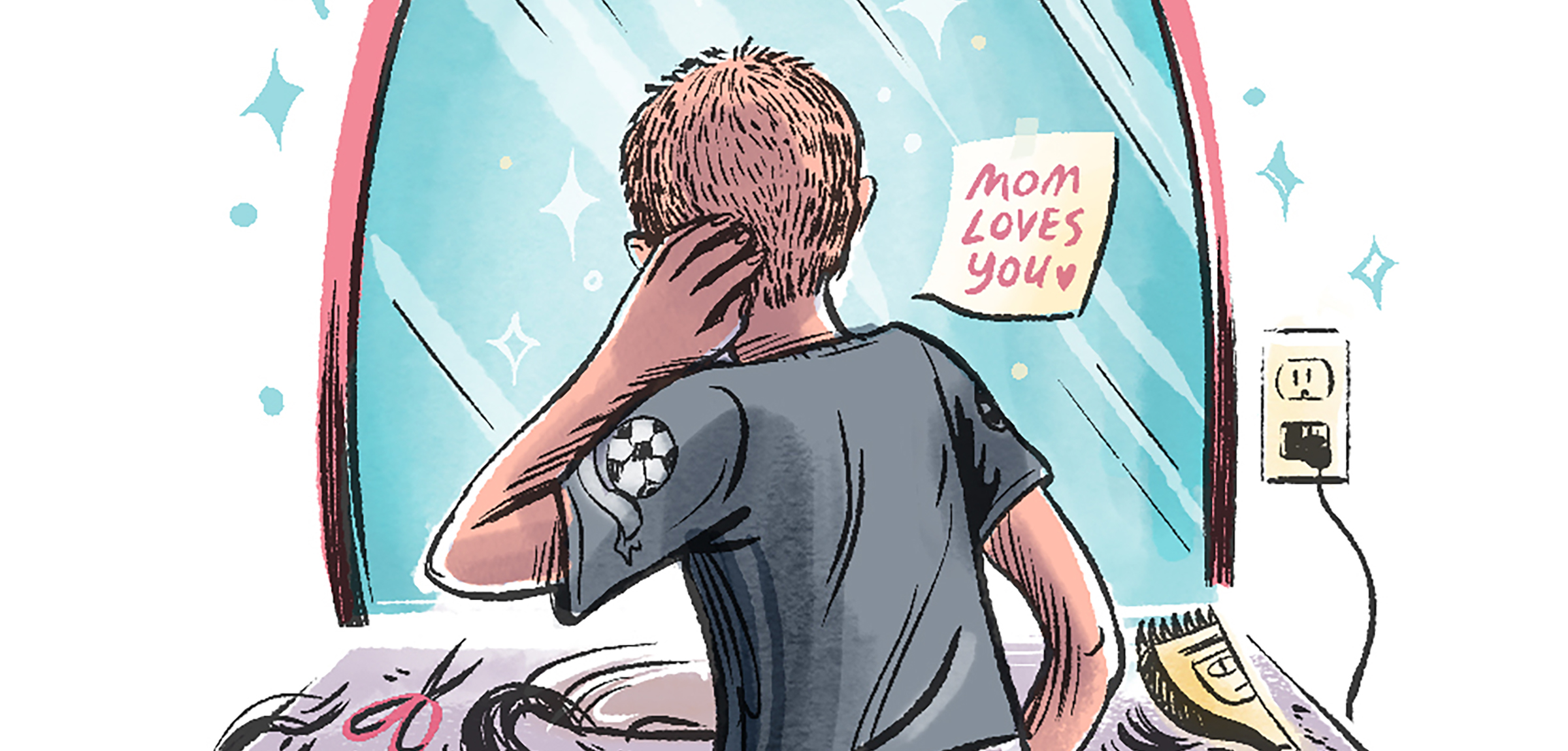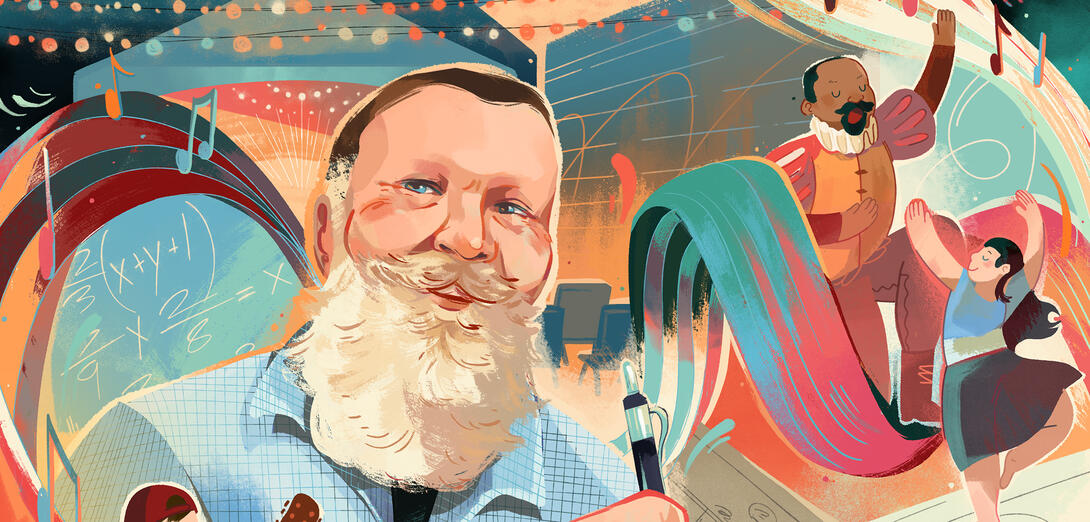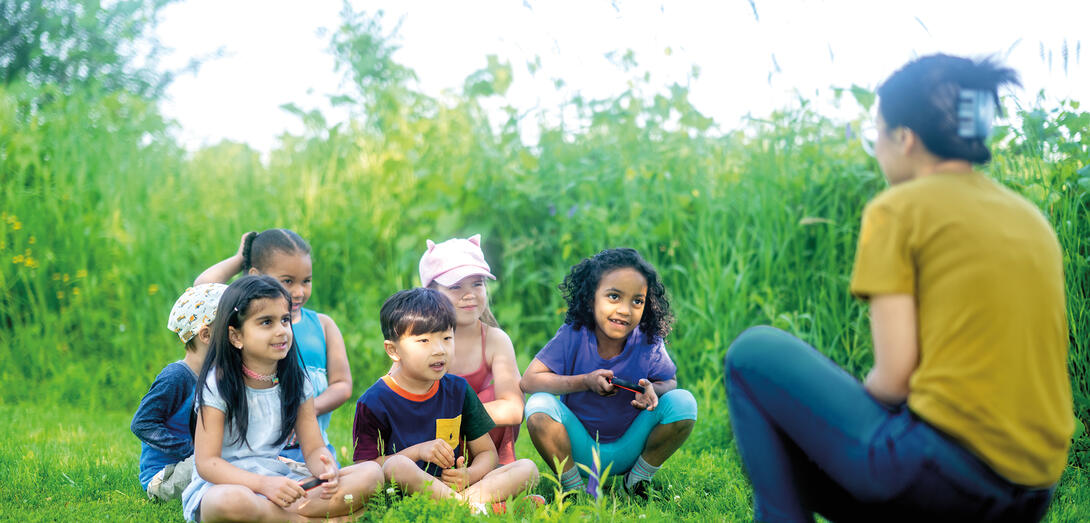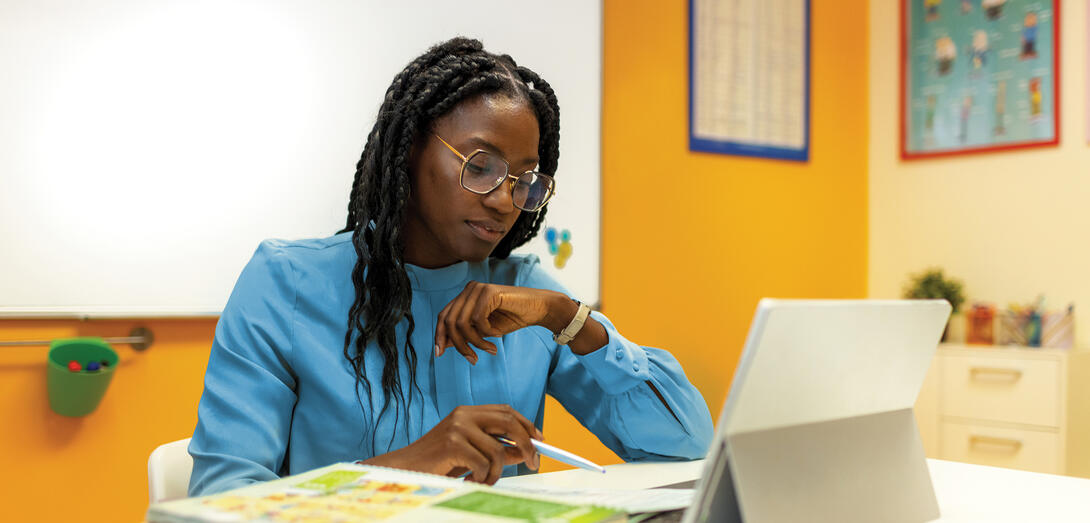My trans son Liam came out just over 10 years ago when he was in Grade 6. A YouTuber he was following had just shaved her hair for cancer research and Liam asked if he could shave his head as well (his hair was very long at the time). I had no problem with this so out came the clippers. When we were done, staring at himself in the mirror, Liam said to me, “Mom, I’m a boy.” I didn’t fully understand what he was telling me. A short time later, Liam was downstairs and he texted me.
“What if I’m transgender?”
Then it clicked for me! I texted him back.
“Be the best transgender person you can be and we’ll figure it out.”
When I think back now on Liam’s elementary years, there was certainly a pattern that I hadn’t fully recognized at the time. The first time Liam got into trouble at school was in Grade 1 when he went into the boys’ bathroom instead of the girls’. When asked why, he didn’t know how to answer—he just felt like that was where he was supposed to go.
As Liam progressed through the early elementary grades, he oscillated in how he expressed his developing understanding of his gender identity. In Grade 1, he preferred to dress like a boy. Then, in Grade 2, he entered what I call his “Laura-Ingalls-Wilder-Little-House-on-the-Prairie“ phase. In trying to emulate what he understood a girl should be, he carried a doll around all the time and wore the same strawberry dress so much I had to peel it off him. Then in Grade 3, he tried to be into soccer. He wasn’t interested in sports at all, but it gave him permission to dress in more masculine athletic clothes. Like many trans youth, Liam was trying to reconcile who he felt he was with his understanding about how girls and boys his age are supposed to look and act.
Since coming out as male, Liam has never wavered in his gender expression. When Liam was in Grade 8 and at a school where everyone knew him only as a boy, he came to me one day really excited and said, “Mom, now that everyone just knows me as a boy, I can figure out what kind of boy I am!”
Despite this excitement, Liam struggled to be fully comfortable with being out at school. He didn't join his school’s student gay-straight alliance (GSA) because he was afraid that would be a public announcement that he wasn’t male or might cause other students to think he was gay. This is really important for us teachers to understand—having a GSA is an essential support for gender-diverse youth, but it’s not the be-all and end-all.
Only a handful of Liam’s secondary teachers knew he was born biologically female and they were very supportive, but I don’t think Liam necessarily felt that support all the time. He was so hypervigilant and anxious about making sure he was fitting in and acting “normal” that it was easy for him to miss what teachers were doing behind the scenes to support him.
This reinforces to me that we have to be overt in our efforts to ensure every student feels safe, welcome and valued. Little symbols of support like rainbow flags, pronoun pins and safe space posters help students know who they can go to if they need to talk or if they just need to let down their guard and breathe for a minute.
In junior and senior high, even with support from teachers and school leaders, Liam changed schools a number of times.
Liam was trying to reconcile who he felt he was with his understanding about how girls and boys his age are supposed to look and act.
Without fail, a student from his elementary school would switch to Liam’s current school and would use his dead name or mention that he “used to be a girl”. We transferred from the Catholic system to the public system hoping that things would be different, but our community is tight knit and Liam was eventually outed again. He ended up finishing Grade 12 through an outreach program.
“What harm could you potentially cause by supporting Liam?”
War at home
On the home front, things weren’t easy either. When Liam came out, his dad and their side of the family were not supportive at all. They wanted Liam to go through conversion therapy. At one point, they told Liam, “you can’t be a part of this family until you’re a girl again.” Liam was 12 at the time. Family was and is so important to him. We talked about it, and he wrote a letter to them that basically said, “I love you all. You mean the world to me, but I’m not a girl and I can’t be a girl for you. Until you can accept that I can’t be a part of your family.”
My ex-husband told me that, by supporting Liam, I was “starting a war” and that I was committing child abuse. It was ugly. I actually was worried that I might be harming Liam so I did lots of research. When I spoke to someone at a local Pride resource centre, they asked me two very helpful questions.
“What harm could you potentially cause by supporting Liam?”
“What harm could you potentially cause by not supporting him?”
That made my choices going forward a lot simpler, even though the road was often tough.
“What harm could you potentially cause by not supporting him?”
Please move up a row
For a number of years, I’ve had the privilege of working with the ATA’s professional development team to deliver workshops on gender inclusion. Whenever I deliver these workshops, teachers essentially sit in three rows. In the front are the passionate allies who are like, “Thank God you’re here! I’ve got so many questions!” Then there’s a middle row of teachers who are curious but uncertain about what to say and do and who are petrified of making a mistake. Then there’s a row of teachers at the back who are sitting with their arms crossed.
My goal when I present is to move everyone in the room up a row. I want to get the allies in the front presenting and being resources for the students and teachers in their school. I want the folks in the middle row to fully understand the many ways they can help and for them to become more engaged with sharing ideas and strategies. And the folks in the back? I simply want them to be more contemplative about the serious role they play for students, colleagues and family members who are gender diverse so they will start to talk about and look for possible supports.
As a school leader, this is the same sort of strategy I take when I get a phone call from a parent about an art lesson promoting the so-called “gay agenda” because the students were painting rainbows. I push back in a gentle way. I ask them to explain what their concern actually is. I reframe the conversation to focus on inclusion and our professional and legal responsibilities to provide safe and inclusive learning environments.
“I don’t know what you mean by asking me if we’re promoting ‘the gay agenda’, exactly, but if you’re asking if we’re trying to promote tolerance and genuine respect, and to live the Catholic values of loving others no matter who they are or where they come from, then yes, we’re doing that.”
Ultimately, what’s important for all of us to understand is gender-diverse kids aren’t those kids. They’re my kid. They’re our brothers and sisters and cousins and grandkids. They’re our students. As teachers, it’s up to us to ensure that these kids are safe at school, because, unfortunately, they’re not safe everywhere.
About the author
“Kate Santos” is an assistant principal whose transgender son “Liam” works as an educational assistant in the same school division. They've asked to remain anonymous for this piece because Liam is not “out” at work and is concerned about possible career and relationship impacts if colleagues find out he was born biologically female.
Gender
Gender is the complex interrelationship of biological, psychological, social and cultural factors.
It goes far beyond traditional binary notions of male and female, and is not necessarily fixed at birth—it often evolves as individuals learn and grow.
Across its billions of individuals and thousands of cultures, the human species embodies a diverse spectrum of genders.
Gender consists of the following four elements:
Assigned sex
Most often determined at or around the time of our birth based on our anatomy, physiology and genetics
Female, male, intersex, assigned male at birth, assigned female at birth, etc.
Attraction
Goes beyond being sexually attracted to certain types of people, and includes the degree to which we are driven to seek romantic, emotional, spiritual and intellectual relationships with others
Aromantic, asexual, bisexual, gay, demisexual, heterosexual, lesbian, pansexual, etc.
Gender identity
Our internal understanding of who we are based on our bodies, relationships, feelings and experiences; and how we describe this identity using our existing vocabulary
Cisgender, nonbinary, Two-Spirit, queer, questioning, transgender (trans), etc.
Gender expression
How we present ourselves through our clothing, hairstyle, makeup, behaviours, voice and language, which we may consciously or unconsciously vary in different situations
Androgynous, feminine, masculine, genderfluid, etc.



